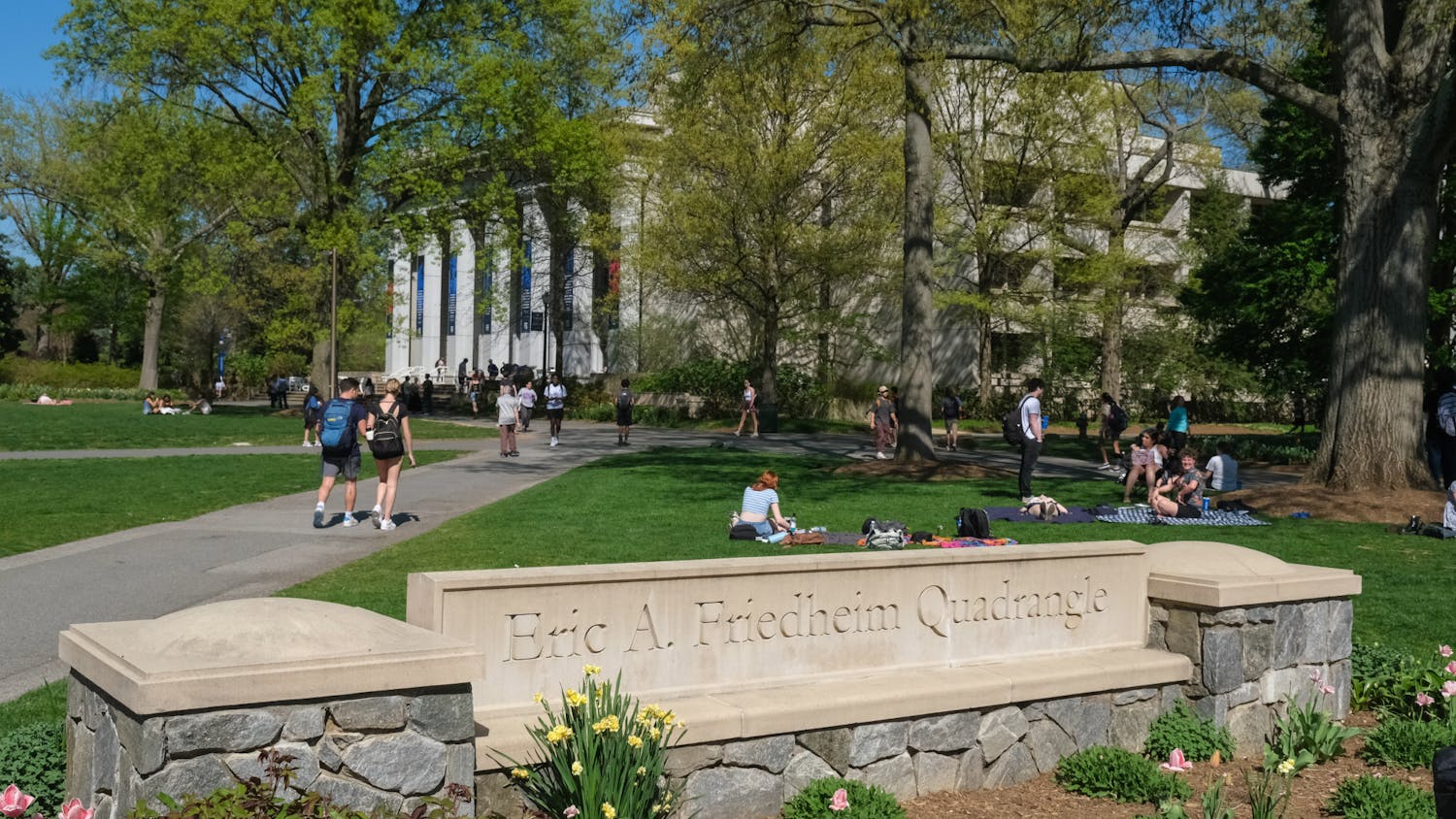Those familiar with Bad Bunny’s record-breaking new album, “DeBÍ TiRAR MáS FOToS,” which reached one billion Spotify streams in only 13 days, may also recognize the recognizable percussive sounds of bomba.
Blending reggaeton with bomba in hit songs like “EL CLúB” and “CAFé CON RON,” Bad Bunny has resurfaced this overlooked genre in collaboration with Los Pleneros de la Cresta.
Origins of bomba
Native to the island of Puerto Rico, the origins of bomba trace back to the Spanish Colonial Conquest. During this period, enslaved West Africans who were forcefully brought to Puerto Rico to work on sugar plantations spread across the island in towns like Mayagüez, San Juan, Loíza and Ponce. By the beginning of the 16th century, over half of the Spanish territory’s population were from Africa.
The African population brought bomba with them. This genre, characterized by drumming, singing and dancing, served as both an act of resistance and community.
Most came from various regions and spoke different languages. Bomba became a common sound for the people, serving as a musical language spoken between drummers and dancers. This music became an avenue to release feelings of sadness, anger and resistance through loud drums played in gatherings called Bailes de Bomba, or “Bomba Dances.”
What is bomba?
Bomba is unique in that the lead drummer follows the dancer’s lead. Musical performances typically start with a soloist, or the “laina,” singing a phrase that a group of singers respond to. The dancer will then begin to perform.
Since the early 16th century, bomba dancers have worn the traditional blusa and falda — a two-piece folk dress — symbolizing the Spanish influence on this genre.
The drums used are made out of rum barrels or any other barrel used to package goods. To this day, barrels covered in goat skin are still used as instruments in bomba dances.
In bomba performances, the beat is guided by the “tocador,” the main barrel, and “buleador,” a secondary barrel, following the soloist’s cues and use of the maracas. Cua sticks, made of hollow bamboo logs, can also be heard.
Within the musical conversation, dancers improvise movements to express emotion, news and revolt, while the drummers follow closely to give voice to the dancer’s next steps.
Bomba beyond Puerto Rico
Bomba has nearly 16 sets of rhythmic patterns, each used to express different sets of emotions. For example, the rhythmic pattern of “sica” means to rise up, while “cuembe,” another variation, means to restore balance.
Being Puerto Rico’s first genre of music, it’s easy to see bomba’s familiar influence through plena, reggaeton, and salsa.
Plena, although similar to bomba, is considered more to be folk music with both Spanish and African roots and some influence from bomba. As slave populations moved between Caribbean islands, their musical traditions blended, creating familiar genres like rumba.
Popular bomba songs
The genre’s popularity permeated into the 20th century with hits like “Bomba de Puerto Rico” by El Gran Combo de Puerto Rico in 1983, and “Bomba Puertorriqueña” by Conexion Latina in 1993.
More recently, Puerto Rican artist Maria Isa released the song “Como Duele” in 2020, a bomba anthem paying tribute to George Floyd’s life. This song was a hallmark of unity during the Black Lives Matter protests, as Puerto Ricans on both the island and mainland U.S. used bomba to condemn racism.
Through bomba, the practice of “Bamboula,” reminding yourself where you came from and your humanity, still carries on today across the Afro Puertorican Diaspora.
This article was edited by Jessica Ackerman, Marina Zaczkiewicz and Abigail Turner. Copy editing done by Luna Jinks, Olivia Citarella and Ella Rousseau.





